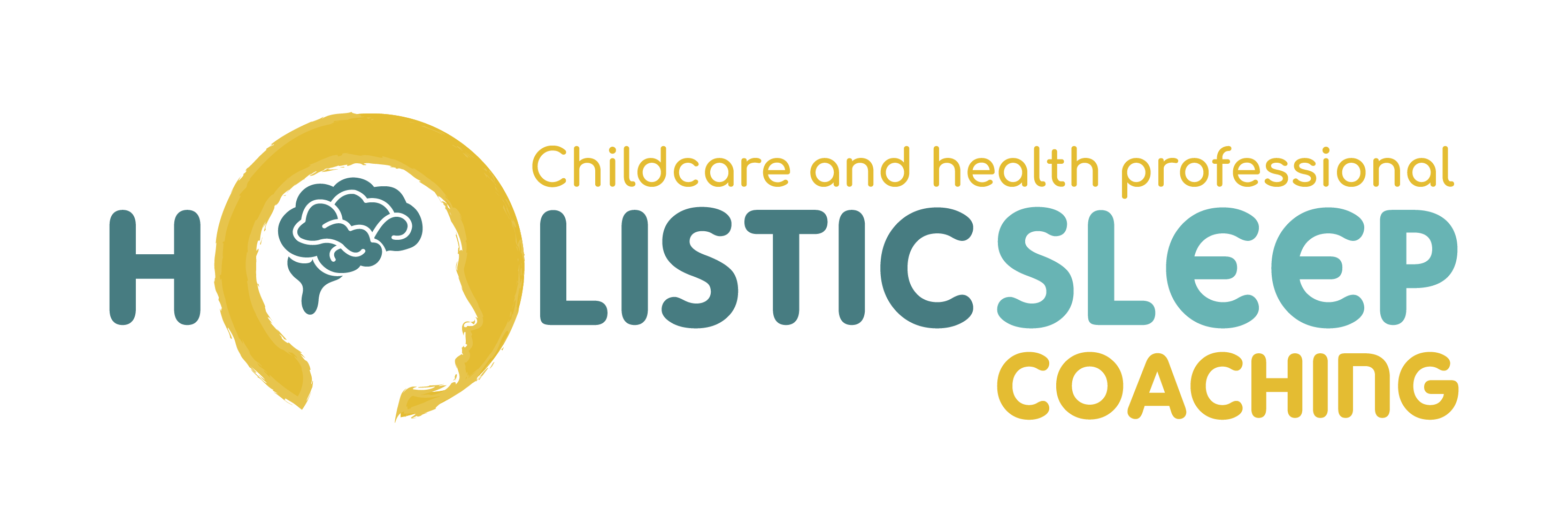As a sleep coach, your success isn’t just measured by how well a baby sleeps, it’s about how supported, empowered, and understood the parents feel during the process. Great client outcomes begin with a great client experience. In this blog, we’ll walk through the 7 steps that ensure your clients finish their journey feeling calmer, more confident, and ready to recommend you to others.
🎥 Prefer to watch instead? I walk you through it step-by-step in the video below.
Table of Contents
- Are They the Right Client?
- Check the Package Fit
- Create a Positive Pre-Consultation Experience
- Manage Expectations Clearly
- Use a Coaching-First Consultation Style
- Be Thorough, Safe, and Curious
- Structure Your Follow-Up & Offboarding
Are They the Right Client?
Not every family will be a good fit for your approach, and that’s okay. Part of creating great client experiences is knowing how to attract and serve your ideal audience. If you’re unclear, start by taking time to understand who your ideal client really is.
Ensure your social media, website, and intake process communicate your style clearly, and don’t be afraid to refer clients elsewhere when expectations don’t align.
Check the Package Fit
Even with the right client, you also need to ensure they’ve booked the right level of support. A one-off troubleshooting call isn’t the same as a 3-week wraparound service.
If you’re not sure your offer matches their needs, refer back to this post on how to design sleep packages that truly work for different kinds of clients and problems. It can save both parties frustration and build long-term trust.
Create a Positive Pre-Consultation Experience
Your client journey starts before you even speak. Your website, emails, and booking process should feel simple, clear, and reassuring. You can set up seamless systems and touchpoints that guide the client from first click to first call with ease.
Be transparent about:
- What’s included in each package
- How booking works
- What resources or follow-up they’ll get
A smooth start builds confidence that you’re organized, professional, and caring.
Manage Expectations Clearly
One of the fastest ways to lose a client’s trust? Letting them build up unrealistic expectations.
Talk openly about:
- The timescale for change
- What success might look like (and what it might not)
- How much effort will be required
This is also the time to set boundaries without guilt, not just for your own wellbeing, but to help clients understand what to expect and when. A well-informed client is a more satisfied client.
Use a Coaching-First Consultation Style
Clients are often overwhelmed, sleep-deprived, and carrying guilt. They don’t just need a plan, they need empathy and confidence. Your role is to guide, not dictate.
We teach a consultation approach grounded in validation, agenda-matching, and co-creation, all of which build real confidence in your consultations and encourage long-term transformation.
By focusing on collaboration, not control, your clients will feel empowered and seen.
Be Thorough, Safe, and Curious
It’s easy to fall into the trap of applying the same strategies again and again. But sleep isn’t one-size-fits-all.
Each family brings a different story, and your role is to observe patterns, ask curious questions, and consider the full picture before jumping to conclusions. And while you may have strong instincts, your safety net is working safely and within your scope.
Stay curious, not conclusive, and always refer out when you hit your limits.
Structure Your Follow-Up & Offboarding
Your support doesn’t end when the sleep plan is delivered. Great client experiences are shaped by follow-up and offboarding just as much as onboarding.
Set clear boundaries, offer flexible follow-up options, and build a strong ending. Offboarding can lead to long-term trust and referrals, so never leave your client hanging. Always be the one to close the loop, even if they go quiet.
Happy clients don’t come from cookie-cutter solutions. They come from clear communication, thoughtful support, and a client experience that feels personal from start to finish. And when clients feel supported, they don’t just reach their goals, they recommend you to others.
Ready to Build a Business That Leaves Families Raving?
If you’re a sleep coach who wants to build deep, meaningful relationships with your clients (not just hand out tips), book a free strategy session to see if the Holistic Sleep Coaching Program is the right next step for you.
👉 Book a Strategy Session Now »
How do I prevent being overwhelmed with client messages?
Set clear boundaries: designated response times, limited follow-ups, and clear working hours. You can also build structured bolt-on offers for extra support.
Is it okay to say no to a client?
Yes — in fact, it’s essential. If you sense a client’s needs don’t align with your methods, it’s better to refer them to a better fit than to deliver a poor experience.
Can I automate parts of the follow-up process?
Absolutely. You can automate appointment reminders, feedback requests, and resource delivery — but always keep the relationship personal where it matters most.
What if a client doesn’t respond?
You should still initiate the offboarding process. Send a warm message to close the loop and ensure they feel supported right to the end.

